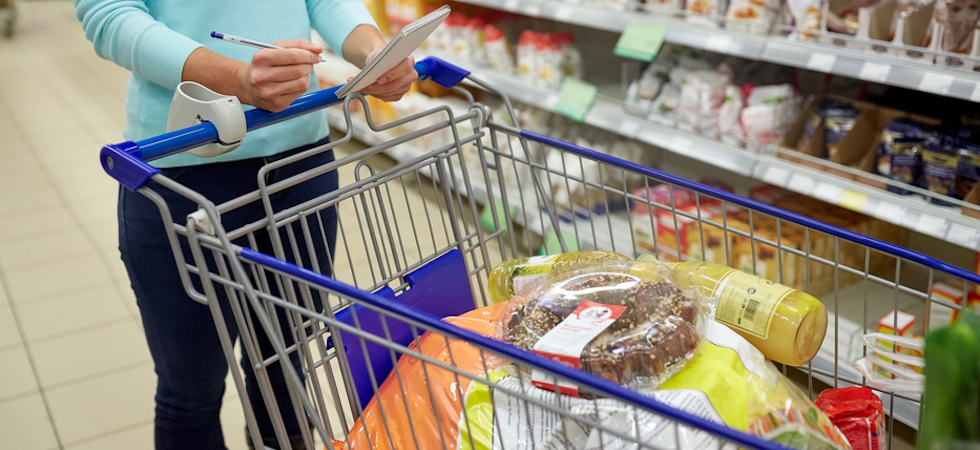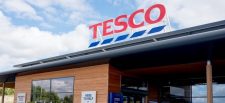The latest figures from Kantar show take-home grocery sales rose by 12.5% during the 12 weeks to 21st February 2021, with sales even stronger over the past month, increasing by 15.1% – the fastest rate of growth since June 2020.
Fraser McKevitt, head of retail and consumer insight at Kantar, said: “The pandemic has now been making its mark on our lives and completely changing the way we shop for a full year. Various hospitality restrictions mean that we’ve eaten an extra seven billion meals at home since spring 2020.
“Office tea rounds meanwhile were replaced by brews in our own kitchens and we drank an additional two billion cups of tea in the house this year.
“Overall, shoppers have spent £15.2 billion more on groceries during the pandemic – that’s around £4,800 per household on average, an increase of £500 compared with normal times.
The figures from the latest month show that online grocery sales reached a new record share in the four weeks to 21st February, accounting for 15.4% of sales, up from 8.7% last year.
McKevitt continued: “Nearly a quarter of households bought groceries online during the past month, making the most of home deliveries especially to get hold of bulkier goods like canned foods, breakfast cereals and soft drinks.
It’s been an extraordinary 12 months for online and three million tonnes of food alone have been delivered to people’s homes over the past year. It’s a habit that seems to be sticking among British consumers and internet orders now make up an average of 65% of grocery spending each month for people who do shop online.
On the rise
Online specialist Ocado boosted its sales by 35.3% over the latest 12 weeks with its market share nudging up 0.3 percentage points to 1.7%. The grocer is increasing in popularity outside of its London heartland and is experiencing the greatest sales growth in the south and midlands of England
Tesco had a strong month and grew its market share by 0.2 percentage points to 27.4%, marking the retailer’s first market share gain since December 2016 as its sales rose by 13.2%. The grocer’s success was felt across the business with online sales, larger supermarkets and smaller convenience outlets all contributing to its strong performance.
Iceland’s market share increased by 0.3 percentage points to 2.5% and its sales rose by 23.9%. Morrisons also won market share, taking an extra 0.1 percentage points to reach 10.3% of the market, with sales up by 13.9%, plus Sainsbury’s increased sales by 12.1% to hold its market share of 15.6%.
Returning to double-digit growth, Asda sales were 10.3% higher compared with a year ago while convenience retailer Co-op grew sales by 12.6% to maintain a 6.0% share of the market.
Waitrose sales rose by 11.5% while Lidl’s and Aldi’s were up by 10.9% and 5.6% respectively.
McKevitt added: “In terms of the grocery market itself, we’ll start to see year-on-year decline following the anniversary of the first national lockdown next month. Sales will be measured against last year’s record spending and comparisons will be tough against the heights of 2020.
“Demand for groceries is also likely to subside as the hospitality sector re-opens. The more typical sales patterns of 2019 will come to the fore as the most important metric to gauge retailer performance as we emerge from lockdown over the coming months.”









